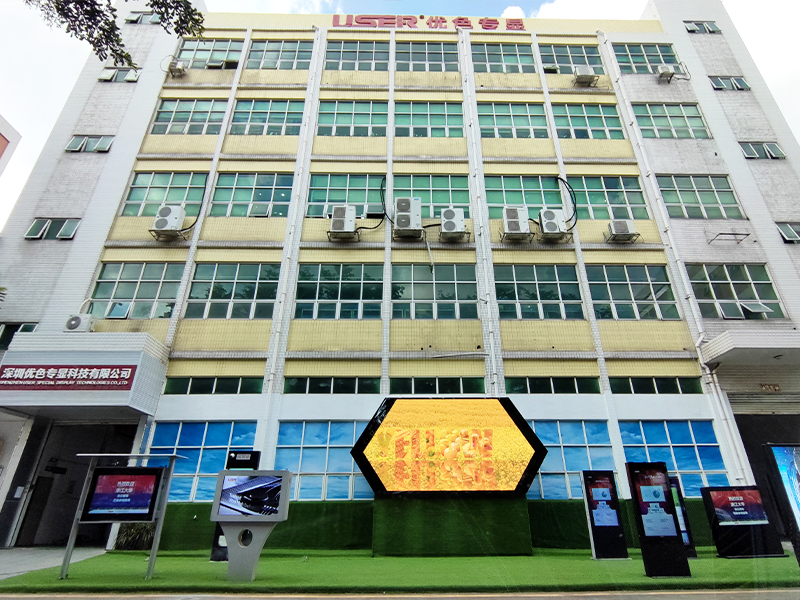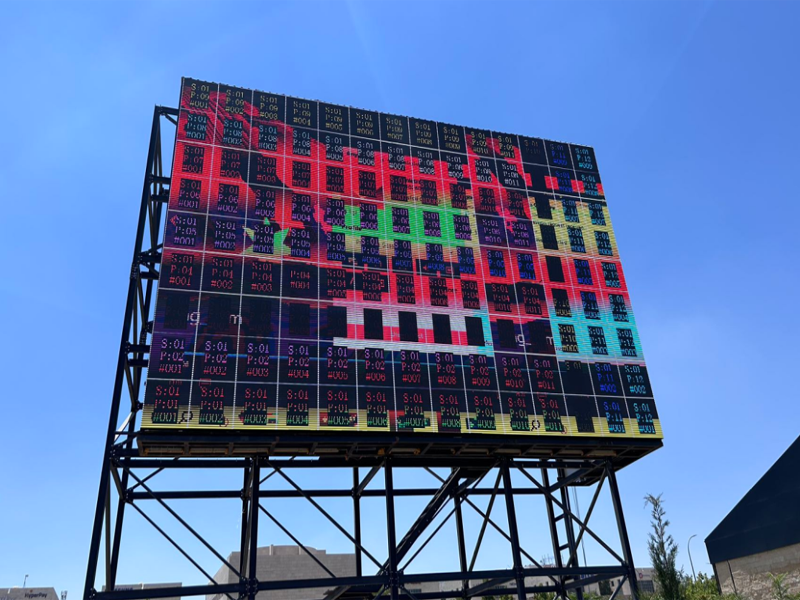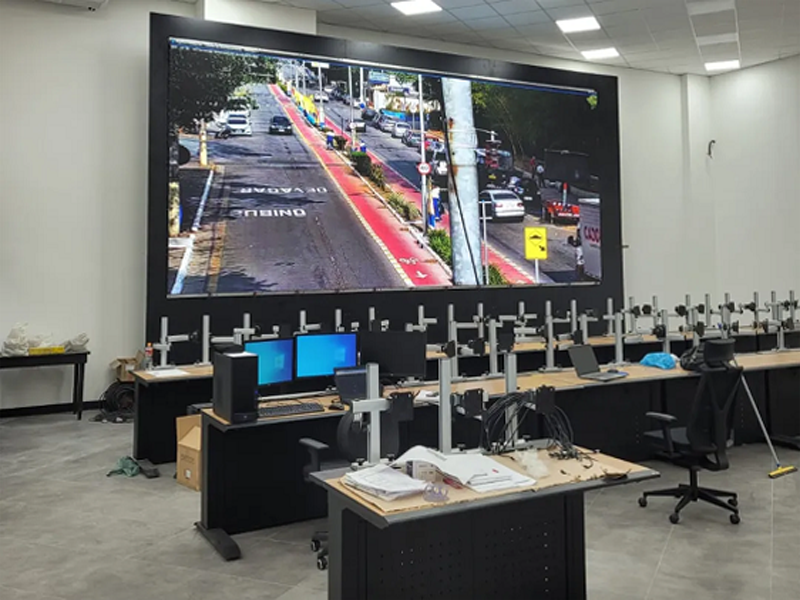Differences Between LED and LCD Displays
In the ever-evolving realm of display technology, LED (Light Emitting Diode) and LCD (Liquid Crystal Display) screens have become ubiquitous. Understanding the differences between these two technologies is crucial for making informed choices in various applications. This article explores the distinctions and unique applications of LED and LCD displays, shedding light on their individual strengths.

Display Technology
LED Display: LED display screens utilize light-emitting diodes to produce vibrant colors and sharp images. Each pixel emits its own light, resulting in vivid and dynamic visuals.

This block contains unexpected or invalid content.
Attempt Block Recovery
LCD Display: LCD screens rely on a backlight source to illuminate liquid crystals, controlling the passage of light to create images. While generally bright, LCDs may struggle with achieving deep blacks.
Contrast Ratio and Brightness
LED Display: LED displays typically boast higher contrast ratios, providing deeper blacks and brighter whites. This makes them ideal for applications where vivid contrast is crucial, such as outdoor advertising.
LCD Display: LCDs may have a lower contrast ratio due to difficulties in completely blocking backlight, impacting their performance in environments with high ambient light.
In the ever-evolving realm of display technology, LED (Light Emitting Diode) and LCD (Liquid Crystal Display) screens have become ubiquitous. Understanding the differences between these two technologies is crucial for making informed choices in various applications. This article explores the distinctions and unique applications of LED and LCD displays, shedding light on their individual strengths.

Display Technology
LED Display: LED display screens utilize light-emitting diodes to produce vibrant colors and sharp images. Each pixel emits its own light, resulting in vivid and dynamic visuals.

LCD Display: LCD screens rely on a backlight source to illuminate liquid crystals, controlling the passage of light to create images. While generally bright, LCDs may struggle with achieving deep blacks.
djtzsfrwContrast Ratio and Brightness
LED Display: LED displays typically boast higher contrast ratios, providing deeper blacks and brighter whites. This makes them ideal for applications where vivid contrast is crucial, such as outdoor advertising.
LCD Display: LCDs may have a lower contrast ratio due to difficulties in completely blocking backlight, impacting their performance in environments with high ambient light.

Energy Efficiency
LED Display: LED displays are renowned for their energy efficiency. As each pixel emits its own light, power consumption is more controlled, making them eco-friendly and cost-effective over the long term.
LCD Display: LCDs require a constant backlight source, leading to higher power consumption. In scenarios demanding prolonged usage, the energy-efficient nature of LED displays becomes a key advantage.
Thickness and Flexibility
LED Display: LED screens are inherently thin and flexible, allowing for creative installations and designs. This makes them preferable for applications requiring unconventional shapes or curved displays.
LCD Display: LCDs are generally thicker and less flexible due to their construction. This limits their adaptability in certain installations, making them less suitable for curved or uniquely shaped displays.

Applications
Outdoor Advertising and Large Displays:
LED displays are the preferred choice for outdoor settings due to their exceptional brightness and visibility, which remains effective even in direct sunlight. The technology behind LED screens allows for high-impact visuals, making them ideal for large-scale installations, billboards, and stadiums. Their ability to produce vivid colors and sharp images ensures that content remains attention-grabbing and dynamic in various weather conditions. Furthermore, LED displays are energy-efficient, contributing to cost-effectiveness in the long run. Their robustness and durability make them well-suited for the challenges of outdoor environments, withstanding elements like rain and extreme temperatures. If you are in the market for superclone , https://fakewatch.is/ Super Clone Rolex is the place to go! The largest collection of fake Rolex watches online!
Indoor Settings and High-Resolution Applications:
LCD displays, on the other hand, are well-suited for indoor environments that demand high-resolution and color accuracy. In settings such as conference rooms and control centers, where precise and detailed information is crucial, LCD technology excels. LCD screens offer superior color reproduction, ensuring that images and videos are displayed with exceptional clarity and fidelity. The technology allows for the creation of ultra-high-definition displays, making LCDs suitable for applications where fine details matter, such as medical imaging or professional video editing. Additionally, LCDs are often preferred for their slim profiles and flexibility in design, allowing them to seamlessly integrate into various indoor spaces without compromising visual quality.

USER, A Leading Manufacturer of Indoor 、Outdoor LED Display/Screen; With innovations in LED display, video walls, large format displays, USER offers the best LED display solutions for a variety of demanding vertical markets around the globe.













